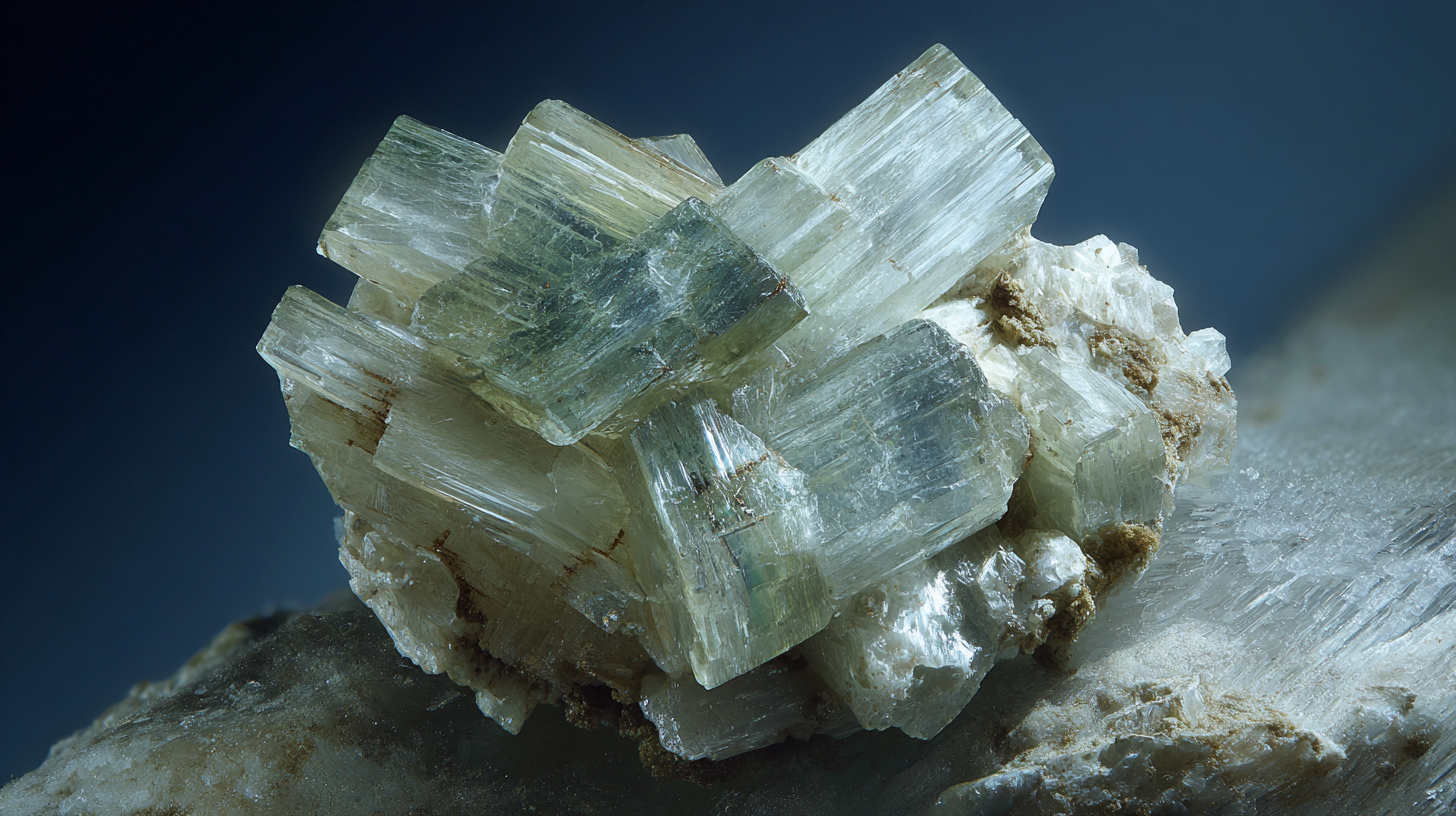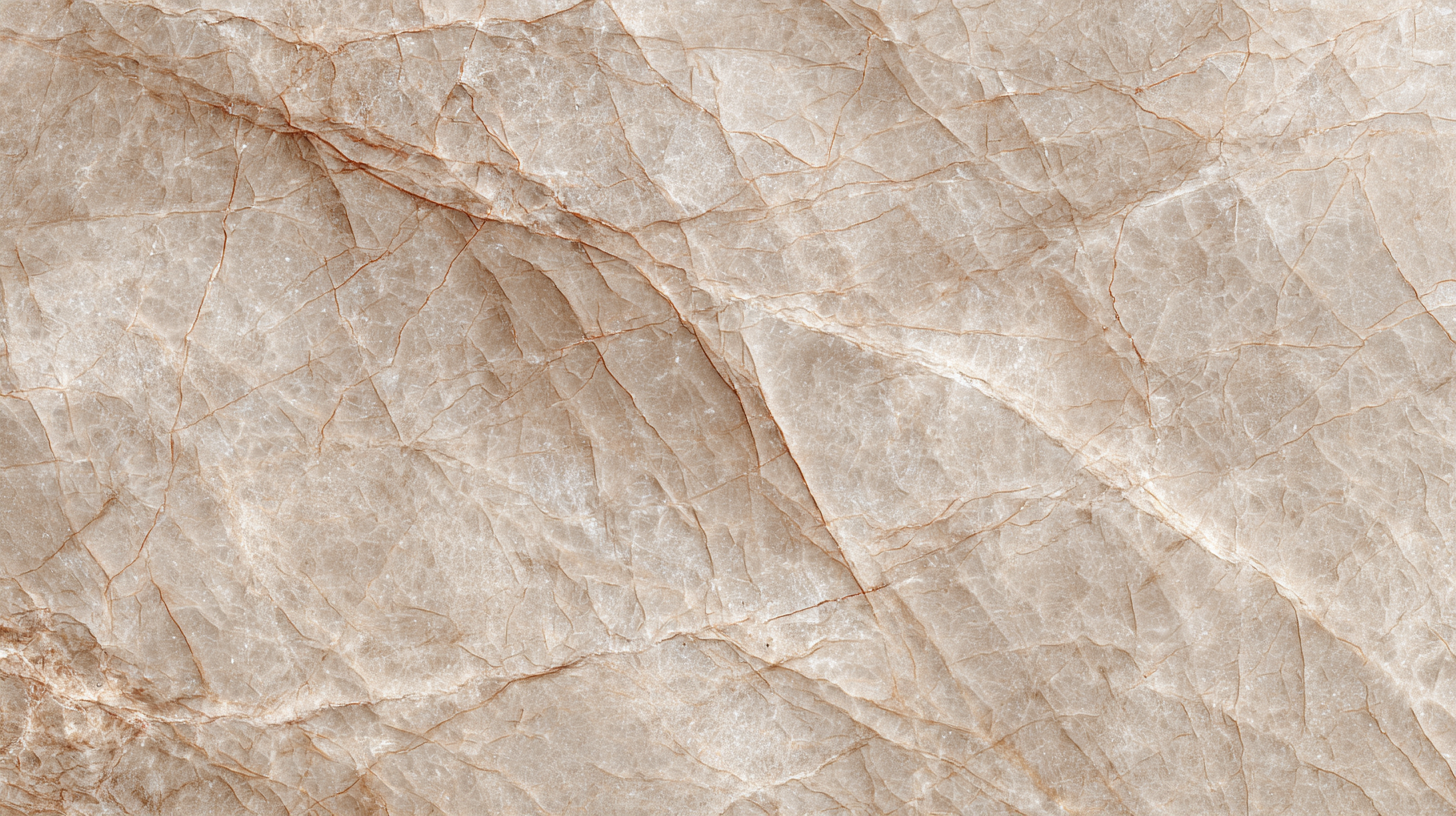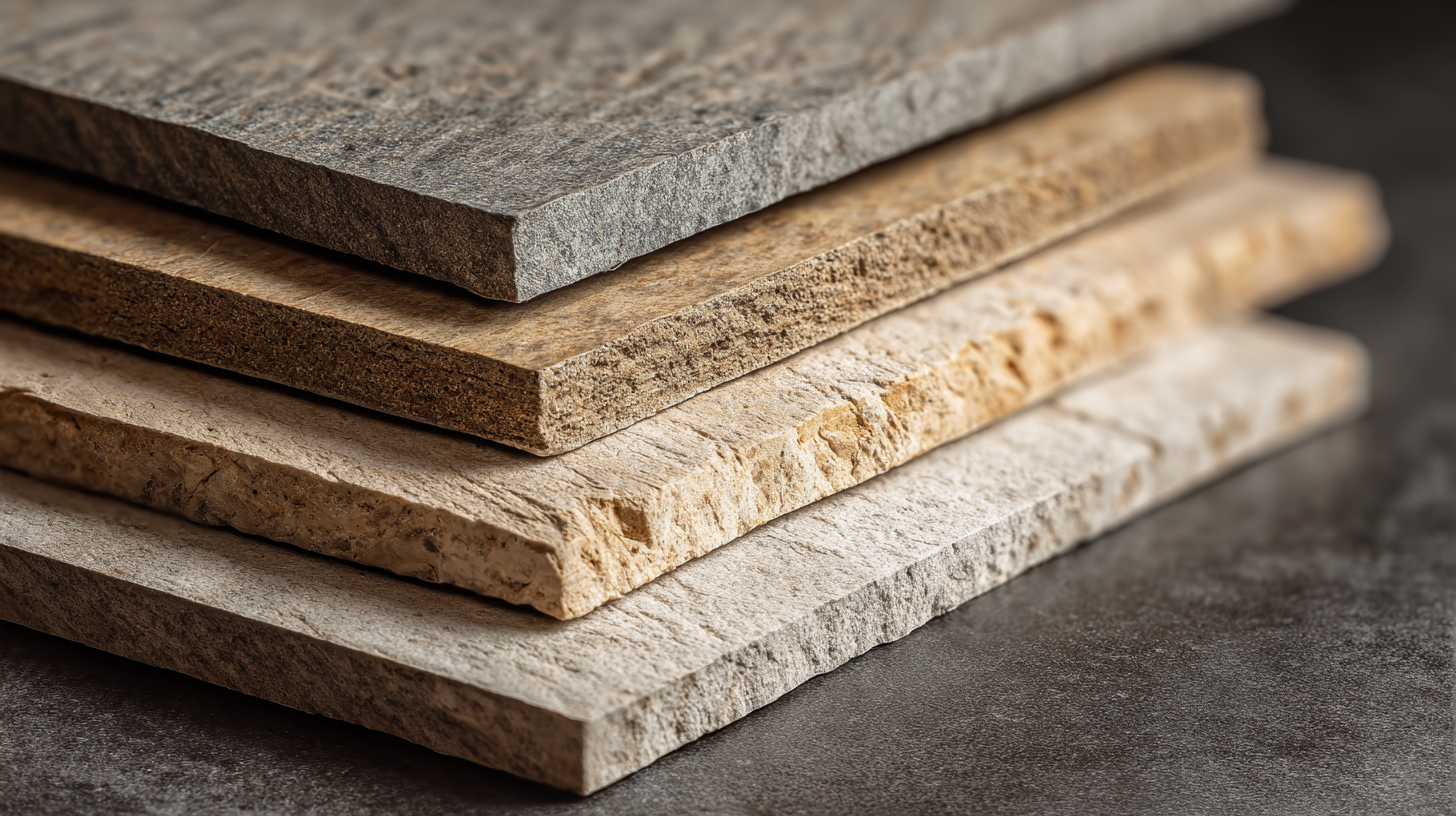Leave Your Message
 The demand for high-performance materials such as Cordierite Mullite Plates is set to rise significantly in the coming years, driven by advancements in various industries including ceramics, glass, and composites. According to a recent market analysis report by Grand View Research, the global advanced ceramics market is projected to reach USD 137.6 billion by 2025, with ceramographic materials like Cordierite Mullite Plates leading the charge due to their superior thermal stability and low thermal expansion properties. These plates not only enhance the performance of kilns and furnaces but also contribute to energy efficiency, which is a crucial factor in today’s eco-conscious market. As manufacturers seek alternatives that can withstand extreme conditions while remaining cost-effective, understanding the future trends and alternative types of Cordierite Mullite Plates will be essential for stakeholders aiming to maintain a competitive edge in this evolving landscape.
The demand for high-performance materials such as Cordierite Mullite Plates is set to rise significantly in the coming years, driven by advancements in various industries including ceramics, glass, and composites. According to a recent market analysis report by Grand View Research, the global advanced ceramics market is projected to reach USD 137.6 billion by 2025, with ceramographic materials like Cordierite Mullite Plates leading the charge due to their superior thermal stability and low thermal expansion properties. These plates not only enhance the performance of kilns and furnaces but also contribute to energy efficiency, which is a crucial factor in today’s eco-conscious market. As manufacturers seek alternatives that can withstand extreme conditions while remaining cost-effective, understanding the future trends and alternative types of Cordierite Mullite Plates will be essential for stakeholders aiming to maintain a competitive edge in this evolving landscape.
Emerging technologies are set to revolutionize the production of cordierite mullite plates in China by 2025. As the demand for these advanced materials grows, innovative approaches are being adopted to enhance production efficiency and sustainability. One significant trend is the integration of additive manufacturing techniques, which allow for more precise and cost-effective production processes. This advancement not only reduces waste but also enables manufacturers to customize plates to meet specific application requirements.

Additionally, advancements in automation and AI-driven analytics are optimizing supply chain management and production workflows. By leveraging data insights, companies can forecast demand more accurately and streamline operations, reducing overcapacity—a challenge that has historically plagued the industry. As Chinese enterprises invest heavily in research and development, the synergy between technology and manufacturing will be crucial for maintaining a competitive edge in the global market for cordierite mullite plates. This technological evolution positions China as a key player in the advanced materials sector, driving both domestic growth and international competitiveness.
The cordierite mullite market is witnessing significant evolution as key players adapt their strategies to meet growing demands. Major companies are investing in advanced R&D to enhance the performance of cordierite mullite plates, focusing on durability and thermal stability. This competitive landscape involves strategic partnerships and collaborations that aim to leverage innovation and expand market reach. Firms are also implementing sustainable practices in their manufacturing processes to appeal to environmentally-conscious consumers.
Tips: When considering investments in this sector, look for companies that demonstrate a commitment to innovation and sustainability. Evaluate their product offerings to ensure they align with industry standards and market needs. Additionally, keeping an eye on the trends in customer preferences can provide insights into future market movements.
Another noteworthy strategy among the key players includes leveraging digital marketing and e-commerce platforms to reach a broader audience. This approach not only enhances visibility but also facilitates better customer engagement. By utilizing data analytics, companies can capture consumer behavior insights, tailoring their offerings to meet specific demands.
Tips: Engage with companies through online platforms to gain insights into their latest developments. Attend industry webinars or trade shows to network and stay updated on emerging trends and technologies in the cordierite mullite market.
As we look towards 2025, sustainability trends are set to play a crucial role in shaping the cordierite mullite industry. Increasing pressure on manufacturers to adopt environmentally friendly practices has prompted a shift towards sourcing raw materials responsibly. This includes prioritizing recycled materials and reducing waste in production processes. By leveraging green technologies and innovations, companies can minimize their carbon footprint while producing high-quality cordierite mullite plates.
Additionally, the demand for energy-efficient materials is rising as industries aim for more sustainable operations. Cordierite mullite plates, known for their thermal stability and low thermal expansion, present a significant opportunity for applications in energy-efficient technologies, such as in kilns and furnaces. Manufacturers are now focused on creating products that not only meet performance standards but also fulfill the growing consumer demand for sustainability. By aligning production with these sustainability trends, the cordierite mullite industry is poised for a transformation that not only benefits the environment but also enhances competitive advantage in the market.
As we look towards 2025, consumer preferences are playing an increasingly pivotal role in shaping the market for cordierite mullite plates. These high-performance materials, prized for their thermal stability and mechanical strength, are increasingly tailored to meet the specific demands of diverse industries, ranging from automotive to aerospace. Consumers are now more informed and demanding, seeking products that not only perform exceptionally but also align with sustainability goals. This shift in mindset emphasizes the necessity for manufacturers to innovate continuously and focus on eco-friendly production processes.

Moreover, the growing trend of customization in consumer preferences has led to a heightened focus on individualized products. Customers are no longer satisfied with one-size-fits-all solutions; they require tailored cordierite mullite plates that cater to specific applications or functionalities. This trend opens new avenues for manufacturers to engage in collaborative designs with clients, ensuring that the end products resonate with market needs. In response, companies are leveraging advanced technology and materials science to push the boundaries of what is possible, reflecting consumer feedback and preferences in their design and production strategies.
The global market for cordierite mullite plates is poised for significant transformation as we approach 2025. Factors such as increased industrialization and the demand for high-performance materials are expected to drive market dynamics. With their exceptional thermal shock resistance and lightweight properties, cordierite mullite plates are becoming increasingly popular in various applications, including kiln linings, heating elements, and thermal insulation. As industries evolve, the need for materials that can withstand extreme conditions while maintaining structural integrity will be pivotal in reinforcing the position of cordierite mullite in the market.
Moreover, technological advancements and innovations in manufacturing processes are anticipated to enhance the performance and cost-effectiveness of cordierite mullite plates. Collaborations between manufacturers and research institutions could lead to the development of enhanced formulations that improve durability and reduce production costs. As environmental concerns rise, the focus will also shift towards sustainable production techniques, further influencing market dynamics. Companies that adapt to these changes and invest in R&D will likely gain a competitive advantage in the global trade of cordierite mullite plates.
